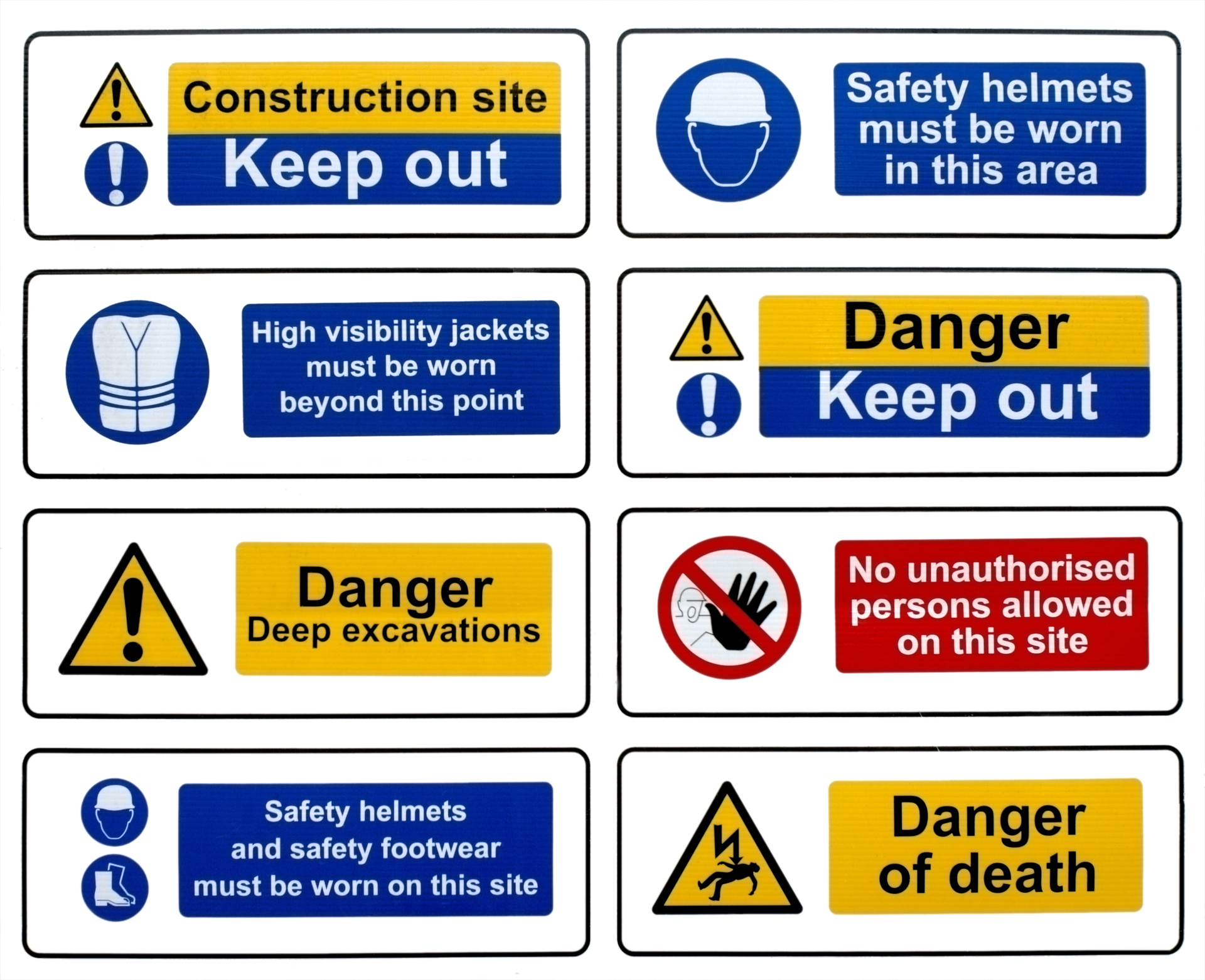Bidding and relationships have a lot in common. Sometimes, in the midst of completing an electrical estimate or take-off, you are suddenly faced with a decision of whether or not to bid the job. It happens all the time! You have every intention of bidding the job but then you have doubts based on quality of drawings, relationships with the GC, or even the schedule. Although we have the ability to “say when” we do not always do it…maybe it is because we have too much time or money invested in the project or our egos get in the way.
The following guidelines may help you to analyze bidding and relationships as well as the projects that are worth bidding–and those from which you might want to walk away.
Bidding and Relationships
Perhaps the biggest question you may want to ask yourself is “Do I have a relationship with the general contractor or the customer?”
- If you do not have a relationship with the GC, have you checked into the kind of company with which you may be dealing?
- Have you run a Dun & Bradstreet report on them or have you checked with others who may have done business with them already?
- Or do you think they are using you for a check price?
In terms of having a relationship with the customer and not the GC, this relationship may or may not help you. You must determine if they will work with you and if they will give you feedback. Sometimes the end customer relies on the general contractor or construction manager to ultimately choose the subs, so even a relationship with customer may not be your golden ticket.![]()
Beyond having a relationship with the GC or the end customer, do you truly understand the scope of the work? If you do not fully understand the scope, any other decision you make regarding the project may be immaterial. You must review all bidding documents prior to determining whether to bid a job. In reviewing the bid documents, you must also consider if you have experience in the type of project you are considering bidding. There is no substitute for experience. Having experience on a particular type of project will clue you into the potential pitfalls that could cost you escalated labor time or inflated material costs or both.
Is this for real?
A seasoned estimator will notice the signs that a project may not be “real.” Maybe some of you are asking the question “How can the job not be real if it is out to bid?” Often an electrical contractor will work like crazy to complete an estimate because the GC’s time schedule is tight and he needs a price “right away,” only to find out later that they were simply looking for a check price or just a budget. Other times, an electrical contractor will design-build the job only to later determine that because the bidding documents were so incomplete, the job will be rebid in the future. Similarly, an electrical contractor will design the job assuming that the general contractor will give them the job simply because they completed the electrical design/layout work, only to later find out that the job will be rebid with the new information provided by you. (Again, know who you are dealing with and what the actual scope of work is.)
The size, visibility, location, schedule and number of general contractors bidding the job will dictate how many electrical contractors ultimately bid the job. And, the number of ECs bidding the job should factor into your decision on whether to bid the job. Obviously, more bidders on the project lessens your probability of actually getting awarded the job. A large bidding pool often leads to “an auction” whereby contractors offer to meet and beat the lowest bidder’s price. So even if you are the low bidder on bid day, it doesn’t necessarily mean that you will be awarded the job.
Type and Tools
Other issues to consider are the job schedule, your experience with the type of project, and the tools and resources you would need to complete the project. Often job schedules are extremely tight.
- Do you have the necessary resources to finish the job on schedule?
- Do you have the manpower to complete the project on schedule or will you have to coordinate “borrowing labor” from a fellow electrical contractor?
- If so, do you have relationships with other contractors to share labor?
- Can you complete the job with your “B” team and still keep the customer happy?
- Finally, do you have the tools and resources to complete the project? If you must invest in tools to complete the project, it will increase your job costs and ultimately hamper your profitability. Having the necessary tools up front will obviously add to your bottom line.
Sometimes drawings that are issued for a project are not completely engineered. Perhaps the circuiting has not been completed; there are incomplete panel, lighting, or mechanical schedules; or there are too many “holes” in the drawings. We find daily that design teams are putting incomplete jobs out to bid and try to get you buy into a guaranteed maximum price for a partially engineered project. This may be a signal that the job is still in the design phase. If this is the case, it is entirely possible that the job will come out to bid again, meaning you, your estimator, or your outsourced estimating team will need to redo the job, adding time and cost to the price of bidding the job. If the drawings are incomplete and you do not have a relationship with the GC, you may want to walk away. If not, then there are still other issues to consider before you decide to submit a price for the job.
Is the job you are bidding in “your territory?” If you are not from the area, are you familiar with the licensing and permit requirements in the area? Is it a heavy union area?
Quotes
Now, let’s get to quotes. If there are a considerable number of ECs bidding the job, it is possible that one or two of them will receive the “whisper number” from the supply house, giving them considerable advantages on bid day. So the question to ask yourself is “do I have a good relationship with at least one supply house, ensuring that I will get a good number on bid day?” Once you get the right numbers from your supply house, then you must analyze your direct job expenses versus your competitors. Have you checked to ensure that the numbers you are carrying are correct and competitive? Again, is your labor force competitive?
Once you have analyzed that, it is time to apply overhead and profit to the job. Every electrical contractor has a differing view on how to apply overhead to a job. Some apply it by raising the hourly rate to a “fully loaded rate.” Others apply the overhead to a certain percentage of the job cost. Neither is right; you simply just need to fully understand it and be consistent with all projects. If you do not understand the principle of overhead, it is time to sit down with your accountant or an estimating consultant and review the components of overhead, their value, and the most appropriate way to apply this cost to your estimate.
Finally, we cannot forget PROFIT. Electrical contractors typically anticipate between 7 to 15% profit and almost always that number can be achieved. If by chance, you get the job and you do not achieve your anticipated profit levels, an analysis of why the job went sour may help to avoid those particular pitfalls again.
Bidding jobs may be one of the most nerve-wracking tasks that an electrical contractor undertakes on a regular basis. By paying attention to the signs and asking yourself some of the questions above, you may have a better handle on “knowing when to say when” meaning you will be better equipped to bid a job, or be confident enough to walk away when the signs and signals are there that this is not the job for you. Knowing your strengths, asking the hard questions, and not being afraid to stand up to those with unreasonable demands will ultimately lead to a more profitable electrical contracting business. And, isn’t that really what it is all about?
It’s The Day After Bid Day…
Your bid has been submitted. So, what comes next? You might be surprised to find out that many contractors do nothing once their bid has been submitted and then they wonder why they do not win more jobs. The good news is that a few simple steps can change your success rate.
There is so much more to be considered besides your price. First, let’s start with your product. Consider the service you provide as a brand. Does the general contractor know anything about your brand? If he does, that’s great! If he does not, he might consider you a “no name generic” and consider the bid of another “brand name” electrical contractor. The point is to know the clients to whom you are bidding! If you do not know them now, get to know them. We can site many cases where an EC had been so persistent in trying to win a project with the GC, that he finally relented and gave him a small piece of the job, opening the door to relationship development. The point is to follow up, follow up, follow up! The simplest thing you can do is ask for the order. If you don’t ask straight out, then you may never get the opportunity to do the work.
There are many ways for the industry to get to know your brand. Start bidding more work. You may not get the work right away, but your name will become more familiar with general contractors. Name recognition cannot be underestimated! Join a trade or civic organization to allow you to network with the right people.
Lastly, invite the project manager for the potential job to one of your current job sites and show them what you can do and what you know. Make sure that the general contractor knows about your capabilities. Do you have the manpower, tools, and equipment to get the job done on schedule? This is particularly important when schedules are condensed. Do you have history in the type of work that you are bidding? Give the general contractor a resume of the jobs you have completed to ensure them that you can get the job done. Project managers buy jobs; very rarely does the general contractor’s estimator.
Some contractors try to win more jobs by cutting their price. However, if you sell on price, you may get the job but what have you sold exactly other than your price? Sell your company’s capabilities and benefits to justify your price! Generally, chasing someone else’s number is not a profitable venture. Do you really know if the number you are chasing is real or is the GC just trying to get you to lower your price? Is the number based on an actual take-off, not on a square foot or hunch number? Again, we have seen so many instances of contractors chasing someone else’s number just to get the job, thinking that he is going to make it up in change orders. That may never happen.
If you know you can’t do the job for someone else’s price, walk away! If you have identified your true costs by doing a quantitative take-off, you will know at what price you can realistically complete the job.
By building your “brand,” selling your company’s reputation and capabilities, and following up once you submit your price, you will undoubtedly see better results. Don’t wait for the phone to ring. Be proactive and sell your price!











 wire, or 300’ plus slack, plus 100’ of ground wire.
wire, or 300’ plus slack, plus 100’ of ground wire.
